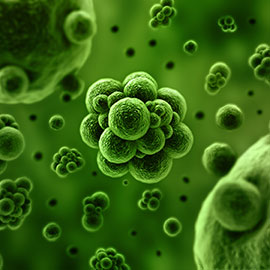MitoCheck: checking mitosis
20 July 2006 | By Dr Yan Sun, MitoCheck Project Manager, Institute of Molecular Pathology
MitoCheck is a multi-national, multi-disciplinary research project on cell cycle control. It is funded by the European Union within its 6th framework program (FP6). Leading scientists from 11 research institutes, universities and industry in Austria, Germany, UK, Italy and France with a wide range of expertise in molecular and cell…






